Thus endeth the Shephardes kalendere,
Drawne into English to Gods' reuerence:
And for profite and pleasure shalle Clearkes to here,
Plainly shewed their intelligence,
Our is done, now readers do your diligence,
And remember that the Printer saieth to you this,
He that liueth well may not die amis.
The 'Kalender of the Shepherdes' is a late medieval almanac first published in the 1490s in Paris by Guy Marchant and Antoine Vérard. It incorporates writing and illustrations that traverse a number of themes including astrological, feasting and Saints day calendars, farming advice, folk medicine and (most significantly) religious instruction.
The original book, 'Compost et Kalendrier de Bergiers', was reprinted nine times before the close of the century, giving a fair indication of its popularity among the aristocratic and middle class readers. The first copy in english appeared at beginning of the 16th century and many further editions followed which included irregular translations, incorporation of new text and the inclusion of illustrations from various sources. It remained very popular for more than a century but "[d]espite so many editions, and perhaps because of the miscellaneous and pragmatic nature of its content, each edition of the KS has survived in very few copies and it rarely appears on the antiquarian book market".
Although 'Kalender of the Shepherdes' is the archetype for the persisting modern interpretation of an almanac (Old Farmer's Almanac for instance), the original work, which proved to be widely influential in both literary and social terms, was fundamentally about achieving salvation. The astrological charts and sherherd's folk wisdom about harvests, diet and medicine were side dishes to the core devotional and religious instructional main course. This included outlining the ten commandments, the seven deadly sins and some of the lines first published in the 'Kalender' live on today in the modern version of the Hail Mary prayer.
It's little wonder that such a didactic miscellany included illustrations that first appeared in the book, 'L'art de Bien Viure et de Bien Mourir' ('Ars Moriendi' - The Art of Dying well), from 1492 (which in turn derived from manuscript illustrations from the 1480s) where Lazarus recalls his visions of hell (the tormented souls pictures); but it's also interesting to observe that other notable 'medieval themes' made an appearance such as Ship of Fools* and Planetenkinder (seen the other day).
- Keio University in Japan obtained a copy of 'Kalender of the Shepherdes' early last decade and found that their version included sections from three different editions but that the majority of the pages came from the 1556 edition published by William Powell. The website is a bit odd and on a pc I found it a little easier viewed with Internet Explorer. [the about page]
- The images in this post were all spliced together from screencaps and uploaded (save for the closeup details) to Wikimedia. (mouseover the images above for titles)
- The English Poetry Database at the University of New Brunswick have a transcription of one of the earliest versions of the 'Kalender' in English.
- Much of the writing in this entry draws upon the article, "When Is a Miscellany Not Miscellaneous? Making Sense of the 'Kalender of Shepherds'" by Martha W Driver, 2003 IN: The Yearbook of English Studies. An abstract is freely accessible, but not the whole article.
- *[I might be wrong about this reference. Certainly 'Stultifera Navis' was a contemporary and very popular work and the 'Human Life as a Sea Voyage' image above seems to me to be something of a 'theme-check'.]


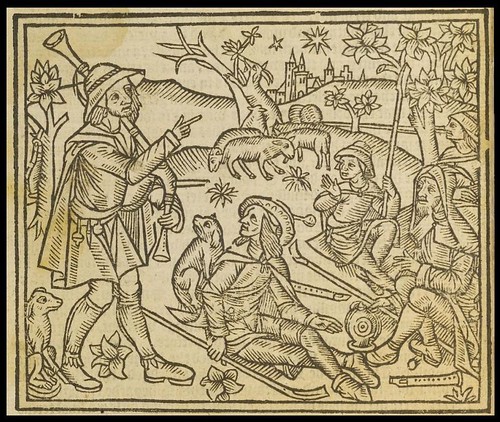
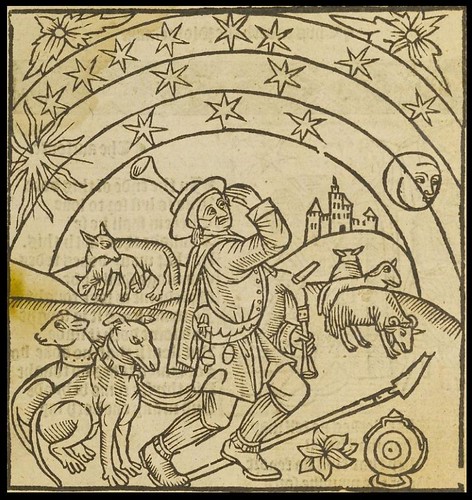



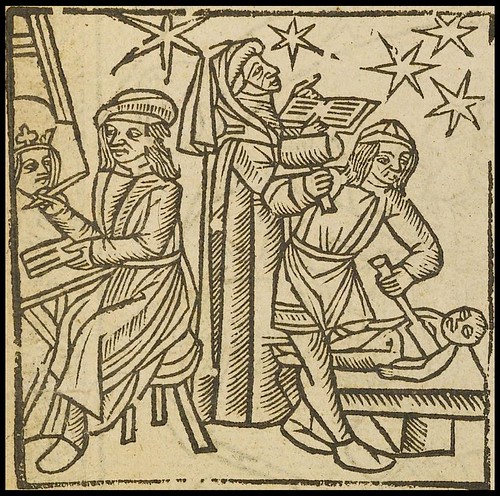

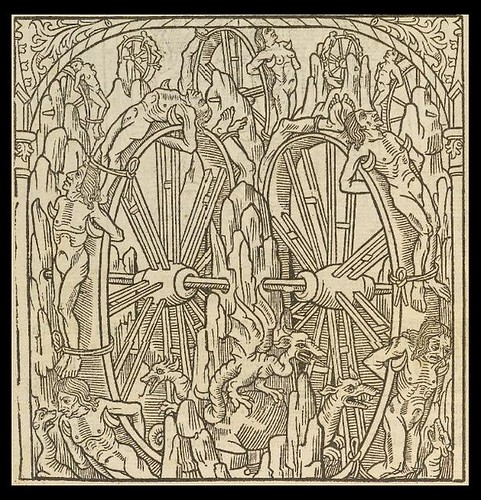
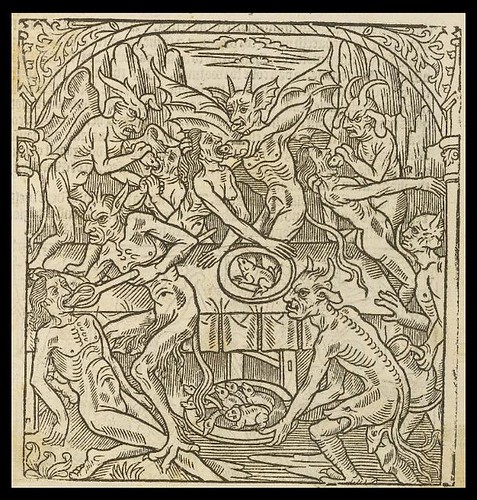
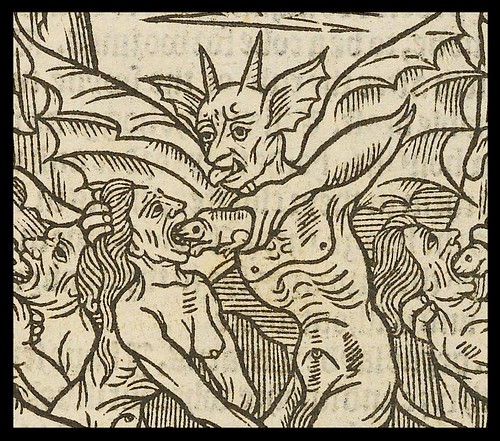

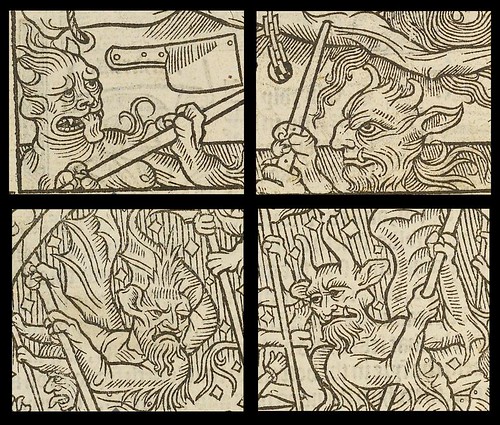
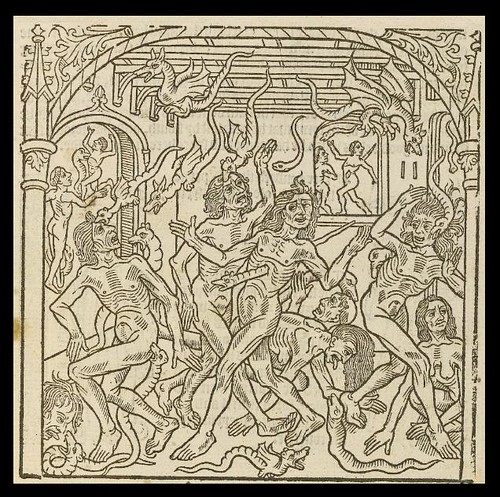
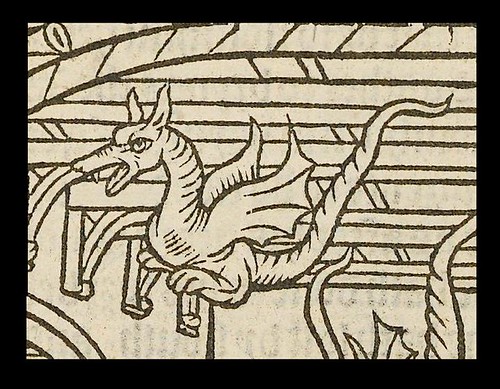





























































2 comments :
Hi!
today I decided I wanted to visit all of my favorite blogs and say Merry Christmas, and BibliOdyssey is one of them. I just wanted to say thanks because I read you every morning and you bring a lot of inspiration to my artwork.
So:
Thank you very much. I really wish you a merry Christmas and a wonderful new year!
Thanks koldo, much appreciated. Best wishes for the silly season!
Post a Comment
Comments are all moderated so don't waste your time spamming: they will never show up.
If you include ANY links that aren't pertinent to the blog post or discussion they will be deleted and a rash will break out in your underwear.
Also: please play the ball and not the person.
Note: only a member of this blog may post a comment.